ISO/IEC 26702-2007 系統(tǒng)工程.系統(tǒng)工程進(jìn)程的應(yīng)用和管理
作者:百檢網(wǎng) 時(shí)間:2021-07-15
中文標(biāo)準(zhǔn)名稱(chēng):系統(tǒng)工程.系統(tǒng)工程進(jìn)程的應(yīng)用和管理
英文標(biāo)準(zhǔn)名稱(chēng):Systems engineering - Application and management of the systems engineering process
標(biāo)準(zhǔn)類(lèi)型:L77
發(fā)布日期:2007/7/15 12:00:00
實(shí)施日期:1999/12/31 12:00:00
中國(guó)標(biāo)準(zhǔn)分類(lèi)號(hào):L77
國(guó)際標(biāo)準(zhǔn)分類(lèi)號(hào):35.080
引用標(biāo)準(zhǔn):IEEE 610.12-1990
適用范圍:This standard defines the interdisciplinary tasks that are required throughout a system’s life cycle totransform stakeholder needs, requirements, and constraints into a system solution. This standard is intendedto guide the development of systems for commercial, government, military, and space applications. Theinformation applies to a project within an enterprise that is responsible for developing a product design andestablishing the life cycle infrastructure needed to provide for life cycle sustainment.This standard specifies the requirements for the systems engineering process (SEP) and its applicationthroughout the product life cycle. It does not attempt to define the implementation of each system life cycleprocess, but addresses the issues associated with defining and establishing supportive life cycle processesearly and continuously throughout product development. In addition, the standard does not address the manycultural or quality variables that should be considered for successful product development. The standardfocuses on the engineering activities necessary to guide product development while ensuring that theproduct is properly designed to make it affordable to produce, own, operate, maintain, and eventually todispose of, without undue risk to health or the environment.The requirements of this standard are applicable to new products as well as incremental enhancements toexisting products. It applies to one-of-a-kind products, such as a satellite, as well as products that are massproducedfor the consumer marketplace. The requirements of this standard should be selectively applied foreach specific system-development project. The role of systems engineering within the enterpriseenvironment is described in Annex A.The content of this standard describes an integrated approach to product development, which represents thetotal technical effort for the following:a) Understanding the environments and the related conditions in which the product may be utilized andfor which the product should be designed to accommodateb) Defining product requirements in terms of functional and performance requirements, quality factors,usability, producibility, supportability, safety, and environmental impactsc) Defining the life cycle processes for manufacturing, test, distribution, support, training, anddisposal, which are necessary to provide life cycle support for products
相關(guān)標(biāo)準(zhǔn)
《GB/T 10801.2-2018》絕熱用擠塑聚苯乙烯泡沫塑料(XPS) GB/T 10801.2-2018
《GB/T 10801.1-2002》絕熱用模塑聚苯乙烯泡沫塑料 GB/T 10801.1-2002
《GB/T 16400-2015》絕熱用硅酸鋁棉及其制品 GB/T 16400-2015
《GB/T 8478-2008》鋁合金門(mén)窗 GB/T 8478-2008
《GB/T 29734.1-2013》建筑用節(jié)能門(mén)窗 第1部分:鋁木復(fù)合門(mén)窗 GB/T 29734.1-2013
《GB/T 11793-2008》未增塑聚氯乙烯(PVC-U)塑料門(mén)窗力學(xué)性能及耐候性試驗(yàn)方法 GB/T 11793-2008
《GB/T 11793-2008》未增塑聚氯乙烯(PVC-U)塑料門(mén)窗力學(xué)性能及耐候性試驗(yàn)方法 GB/T 11793-2008
《GB/T 11793-2008》未增塑聚氯乙烯(PVC-U)塑料門(mén)窗力學(xué)性能及耐候性試驗(yàn)方法 GB/T 11793-2008
《GB/T 9158—2015》建筑門(mén)窗力學(xué)性能檢測(cè)方法 GB/T 9158—2015
百檢能給您帶來(lái)哪些改變?
1、檢測(cè)行業(yè)全覆蓋,滿(mǎn)足不同的檢測(cè);
2、實(shí)驗(yàn)室全覆蓋,就近分配本地化檢測(cè);
3、工程師一對(duì)一服務(wù),讓檢測(cè)更精準(zhǔn);
4、免費(fèi)初檢,初檢不收取檢測(cè)費(fèi)用;
5、自助下單 快遞免費(fèi)上門(mén)取樣;
6、周期短,費(fèi)用低,服務(wù)周到;
7、擁有CMA、CNAS、CAL等權(quán)威資質(zhì);
8、檢測(cè)報(bào)告權(quán)威有效、中國(guó)通用;
客戶(hù)案例展示
相關(guān)商品
相關(guān)資訊

最新資訊
版權(quán)與免責(zé)聲明
①本網(wǎng)注名來(lái)源于“互聯(lián)網(wǎng)”的所有作品,版權(quán)歸原作者或者來(lái)源機(jī)構(gòu)所有,如果有涉及作品內(nèi)容、版權(quán)等問(wèn)題,請(qǐng)?jiān)谧髌钒l(fā)表之日起一個(gè)月內(nèi)與本網(wǎng)聯(lián)系,聯(lián)系郵箱service@baijiantest.com,否則視為默認(rèn)百檢網(wǎng)有權(quán)進(jìn)行轉(zhuǎn)載。
②本網(wǎng)注名來(lái)源于“百檢網(wǎng)”的所有作品,版權(quán)歸百檢網(wǎng)所有,未經(jīng)本網(wǎng)授權(quán)不得轉(zhuǎn)載、摘編或利用其它方式使用。想要轉(zhuǎn)載本網(wǎng)作品,請(qǐng)聯(lián)系:service@baijiantest.com。已獲本網(wǎng)授權(quán)的作品,應(yīng)在授權(quán)范圍內(nèi)使用,并注明"來(lái)源:百檢網(wǎng)"。違者本網(wǎng)將追究相關(guān)法律責(zé)任。
③本網(wǎng)所載作品僅代表作者獨(dú)立觀(guān)點(diǎn),不代表百檢立場(chǎng),用戶(hù)需作出獨(dú)立判斷,如有異議或投訴,請(qǐng)聯(lián)系service@baijiantest.com



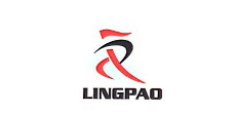
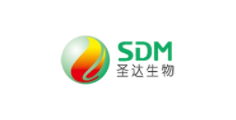
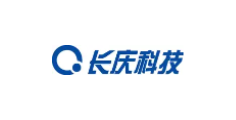
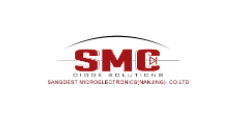
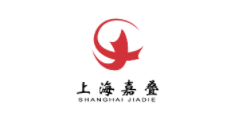
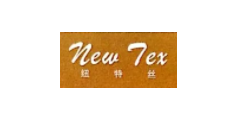
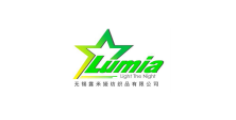
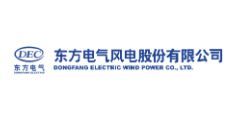

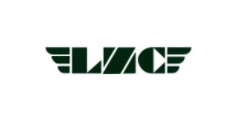
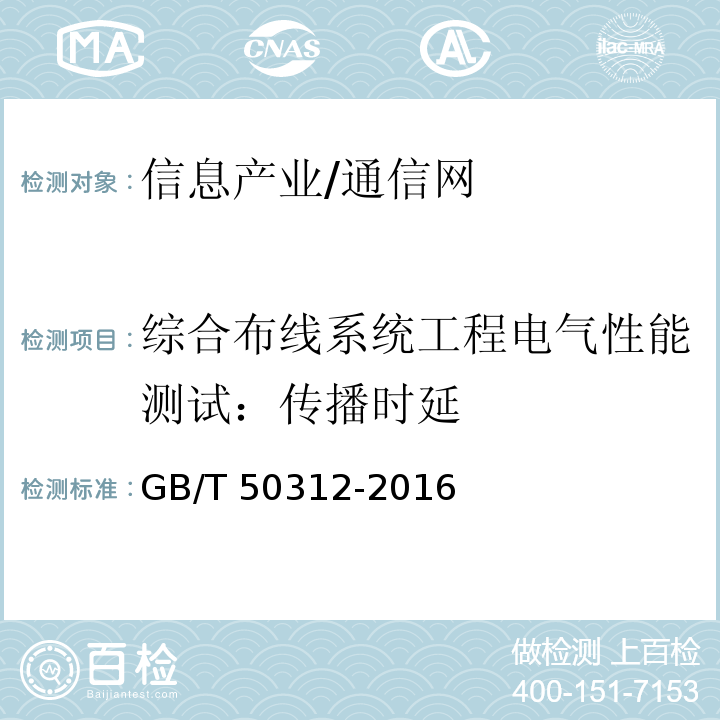
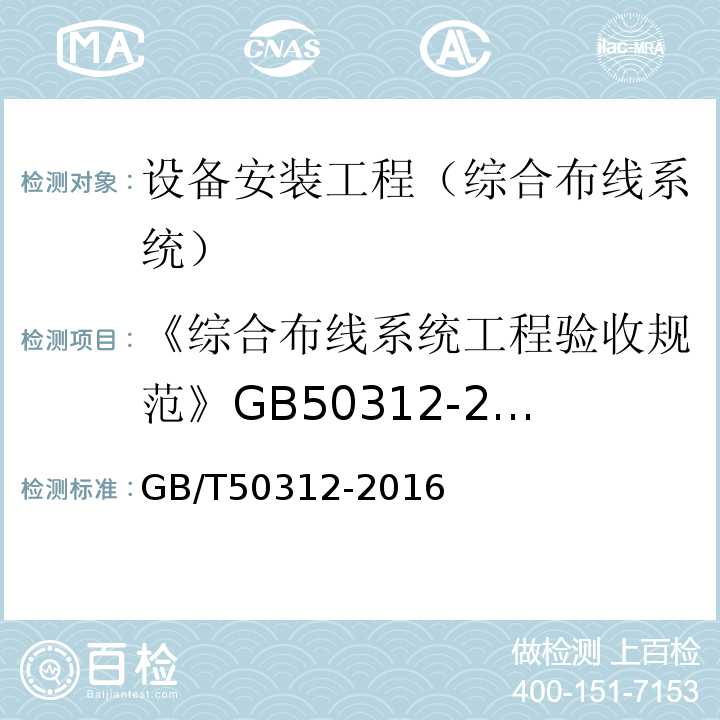
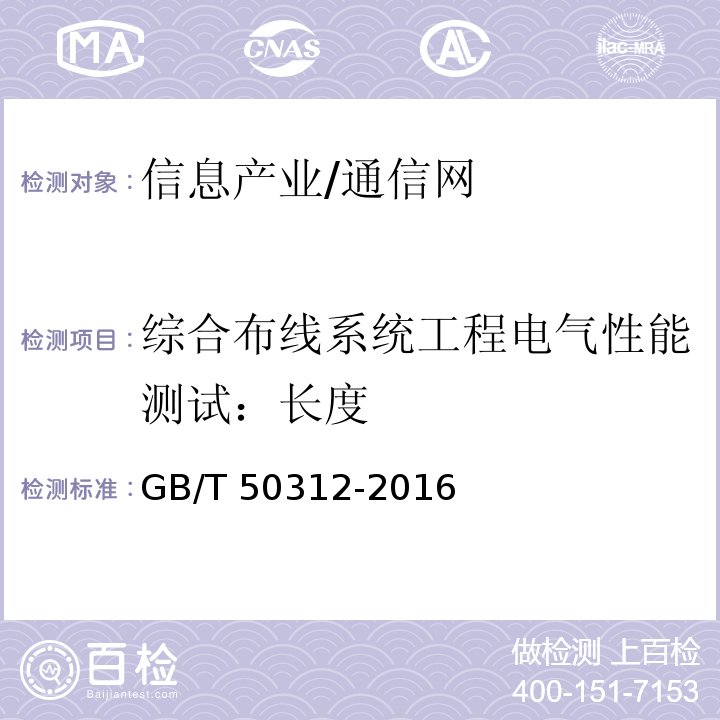
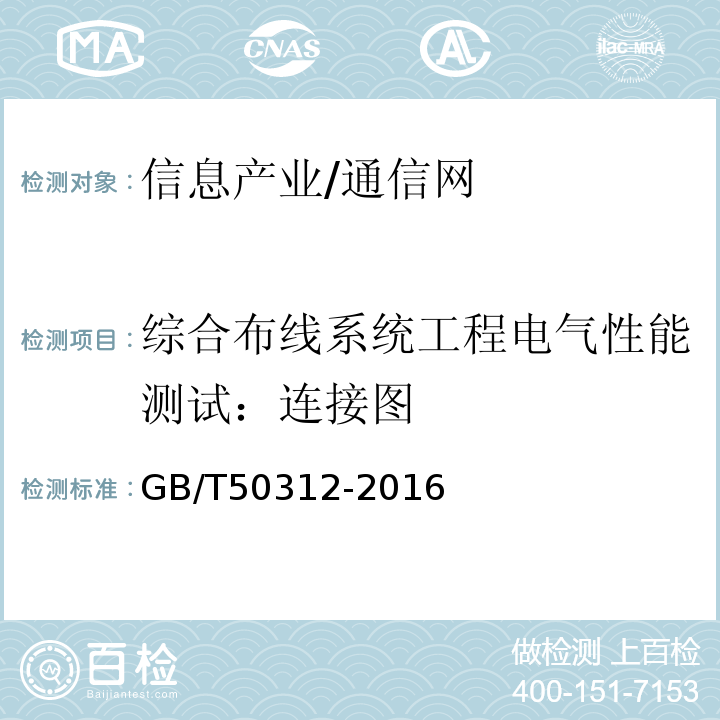

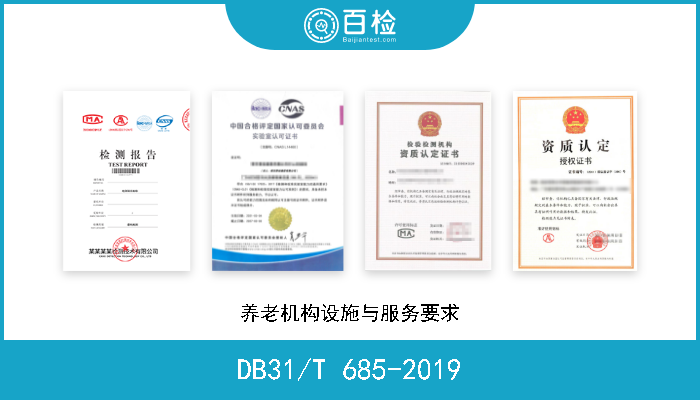
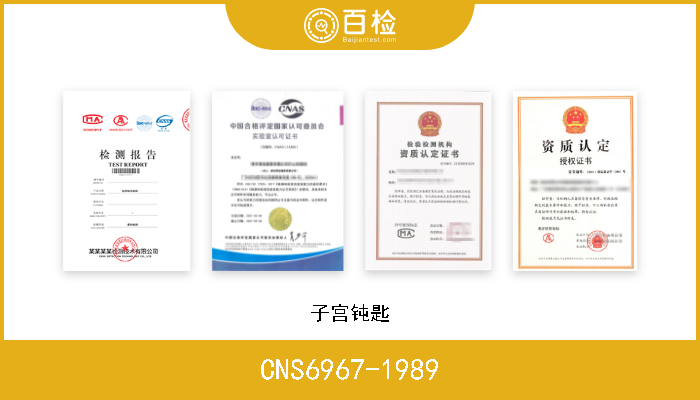
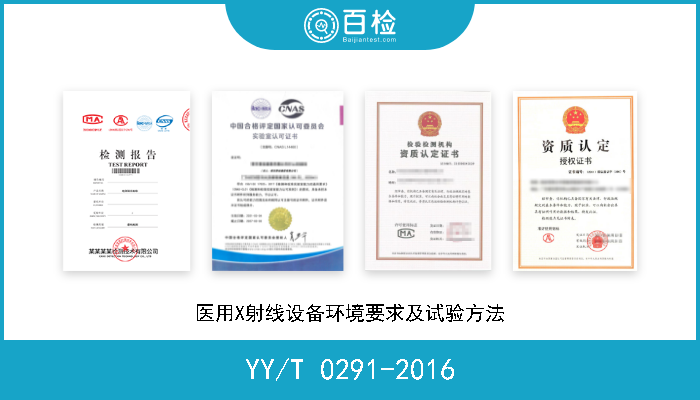
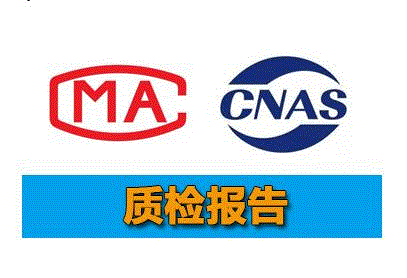
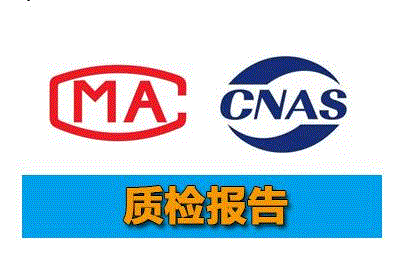
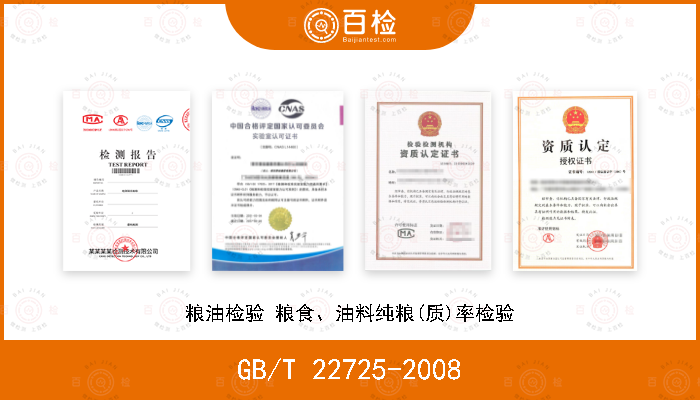


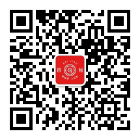
 400-101-7153
400-101-7153 15201733840
15201733840

